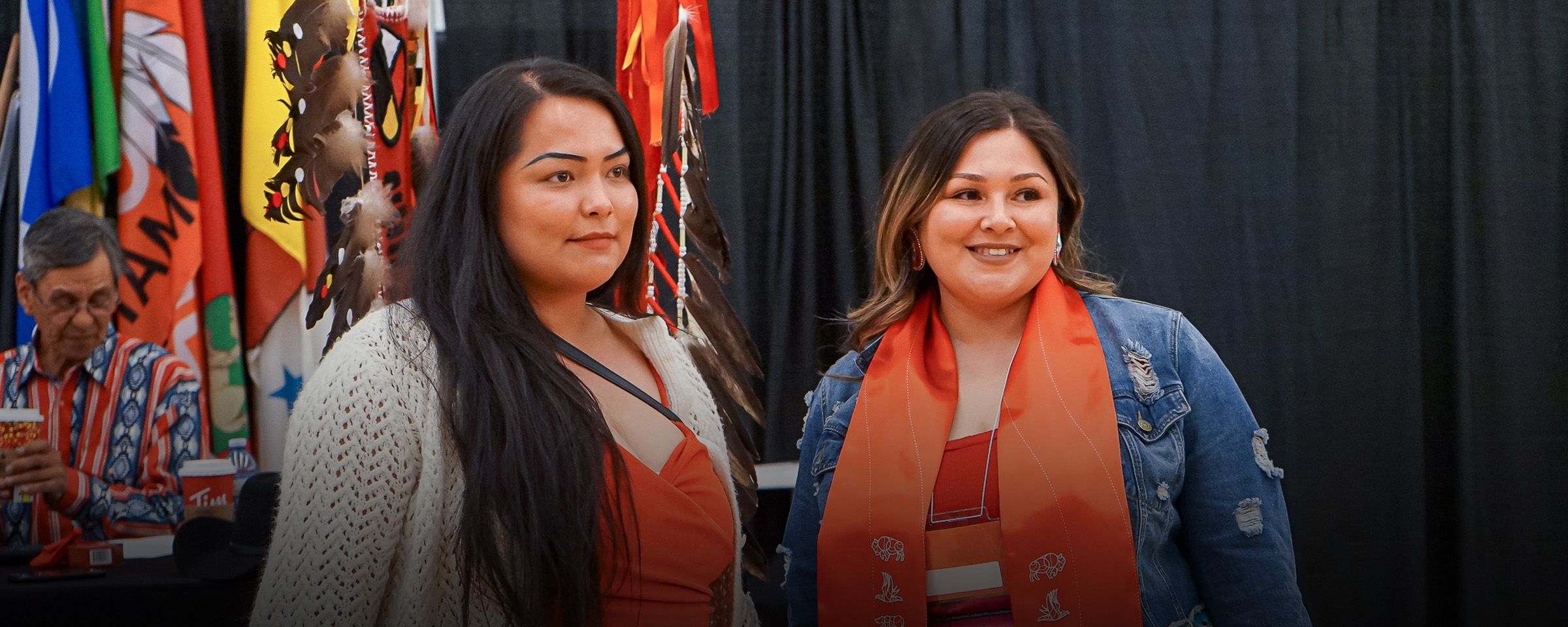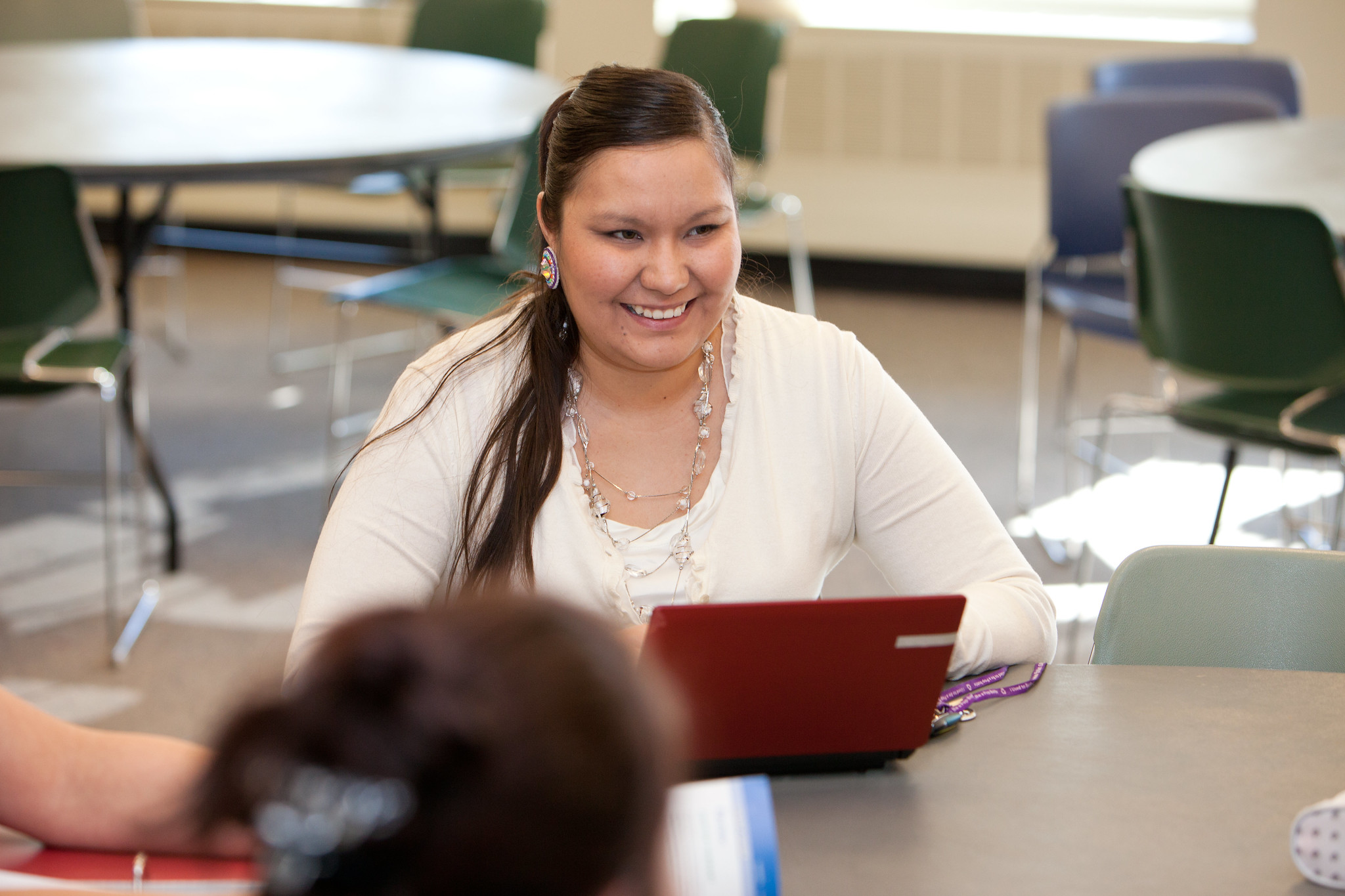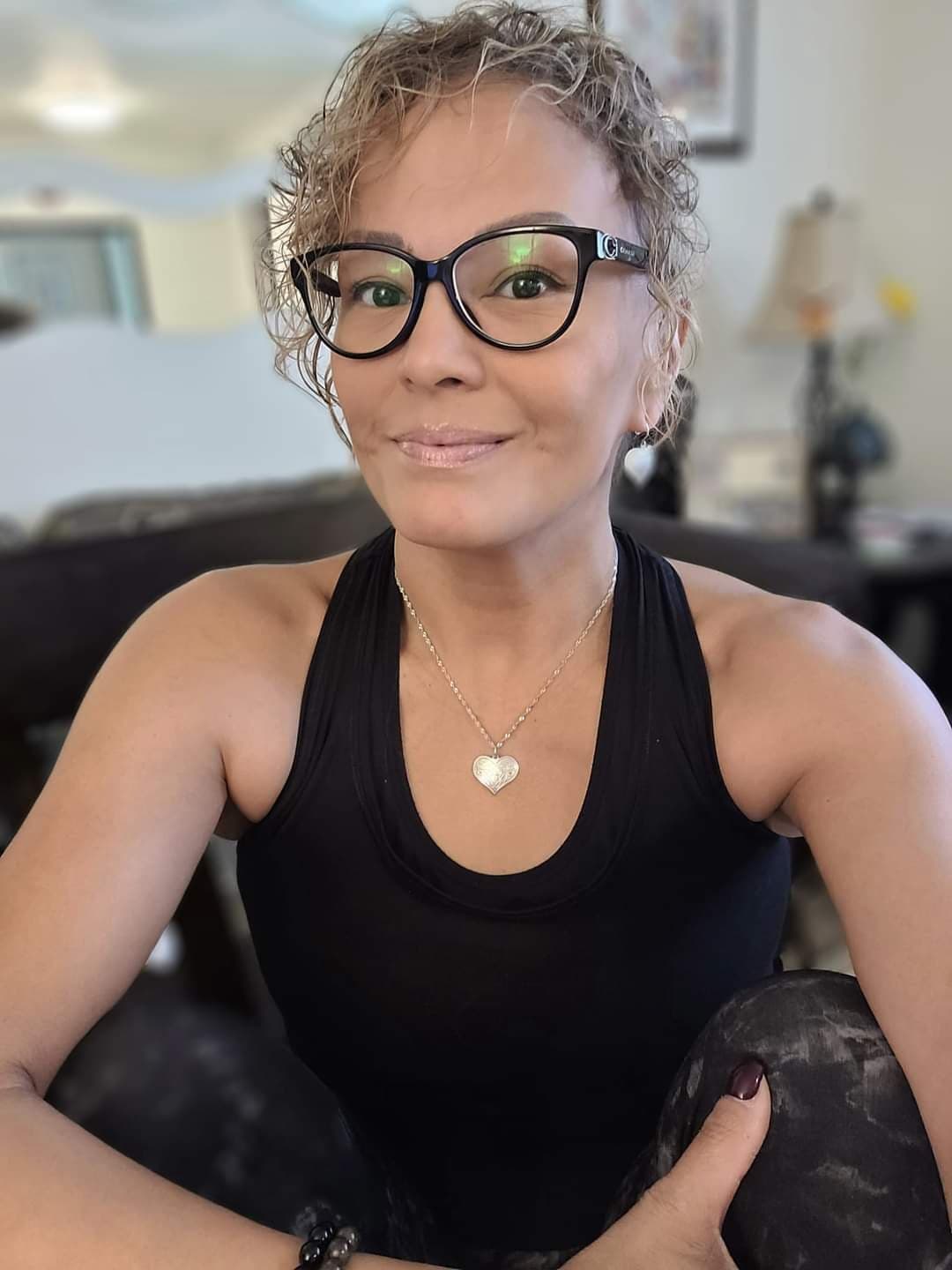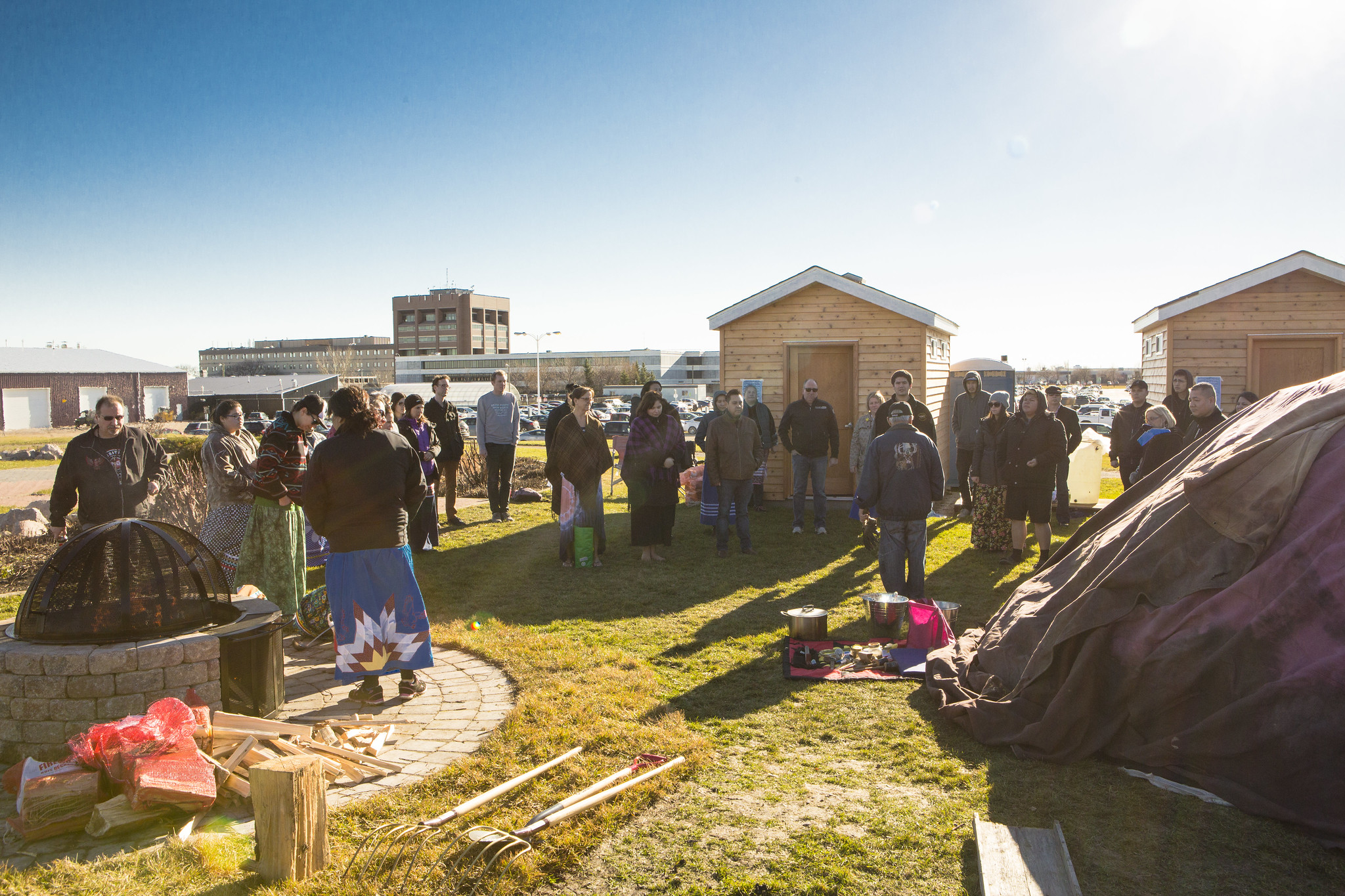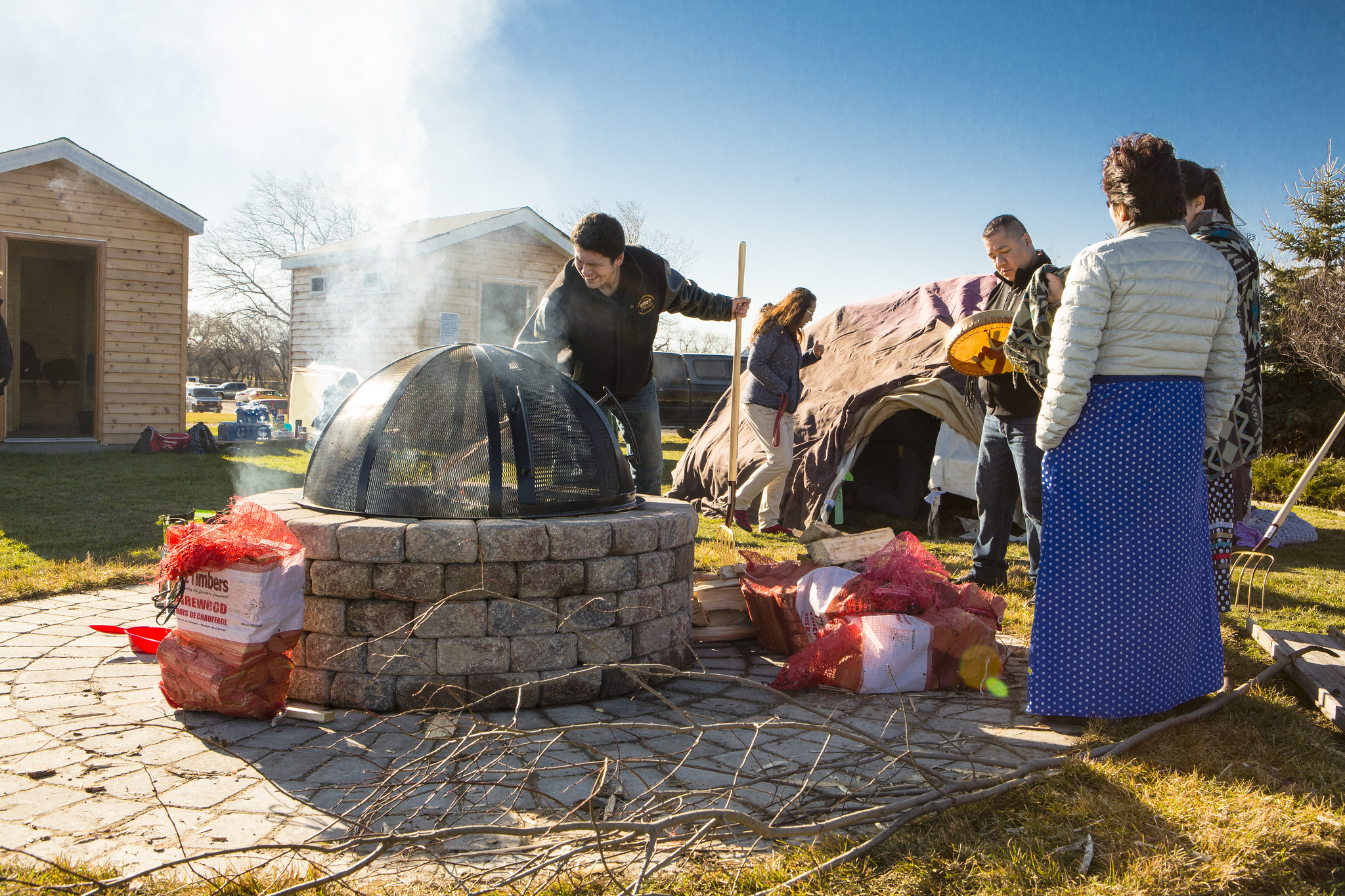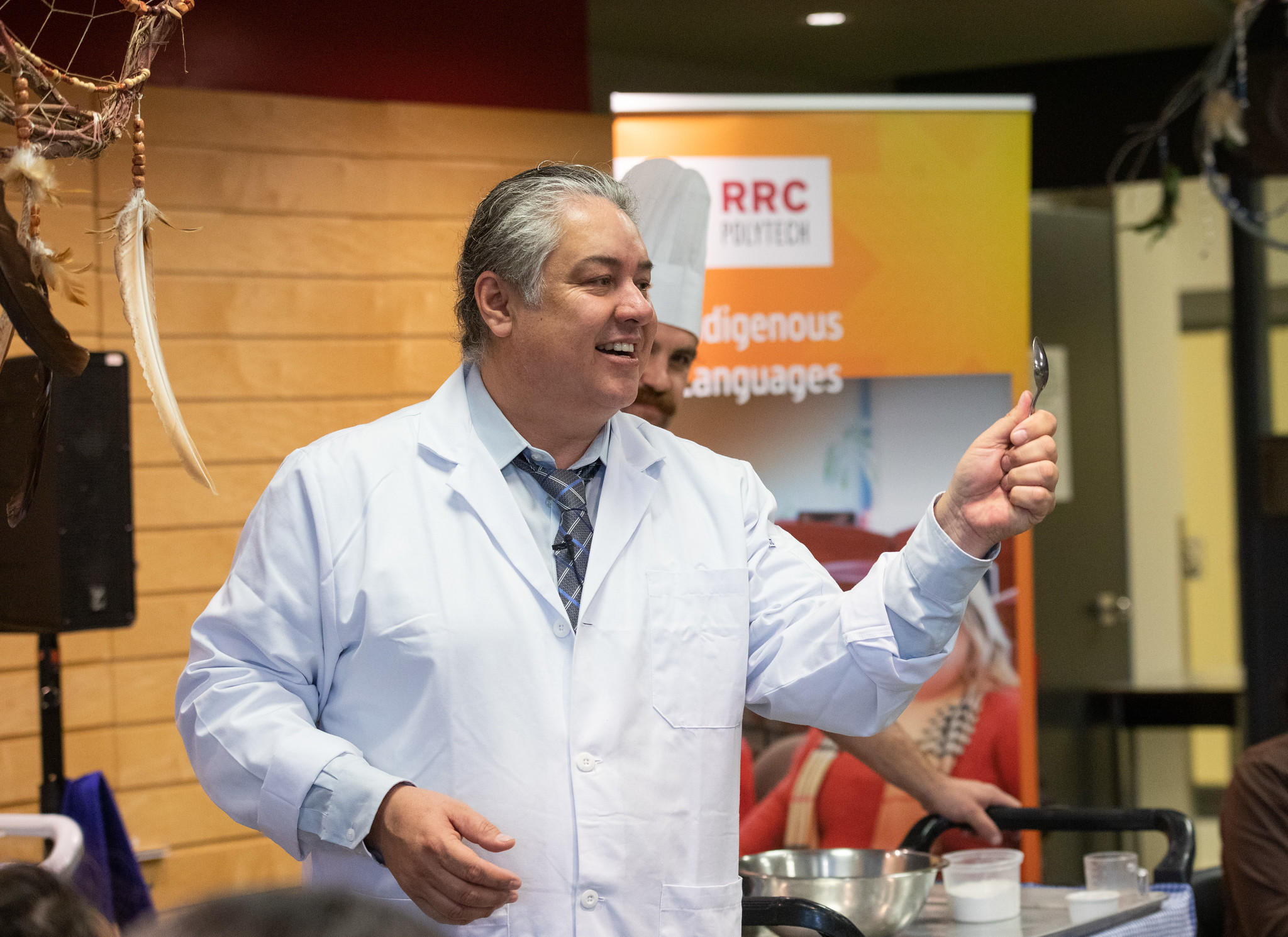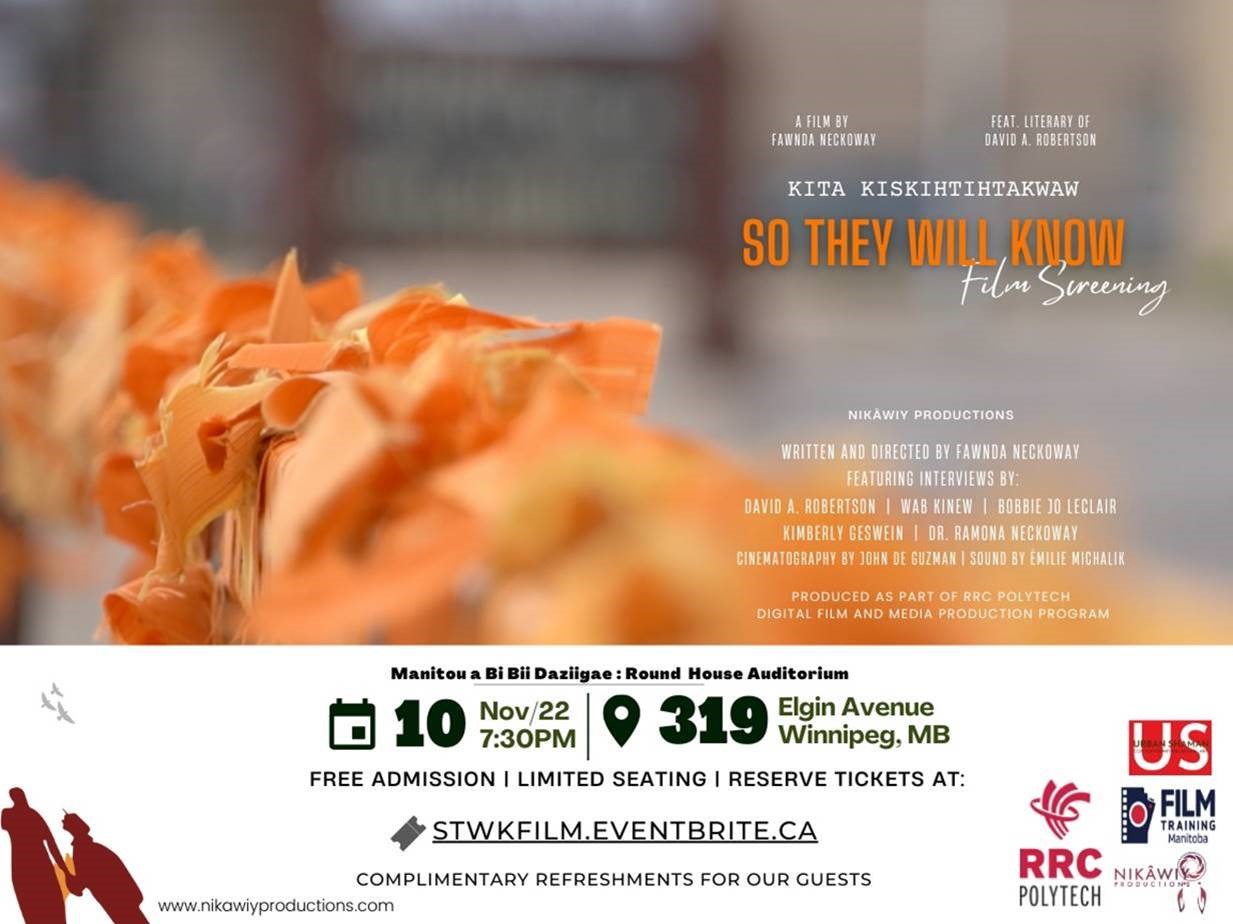Pathway to IT proof of submission requirements deadline change
Pathway to IT Programs is still accepting applications all December long! When you submit your application, remember that you also need to provide proof that you have submitted all the required documents:
- High school transcript, or proof of enrolment in high school
- Transcripts from any other post-secondary you may have attended
- The application
The enrolment fee is waived until the second semester, so you don’t need to include any proof of payment in your proof of submission.
**From today, proof of submission is required within 5 days of submitting your application.**
If you submitted your application before November 28, you still have 30 days to submit your proof of submission.
If you need assistance with organizing your proof of submission, talk to Marshall Richard, Indigenous Liaison Advisor at indigenous@rrc.ca and he can help you out.
Check out this blog post for supplemental information and a tutorial to fill out the application, or visit the Program Information page directly to get started on your application!
